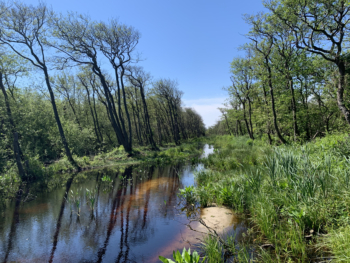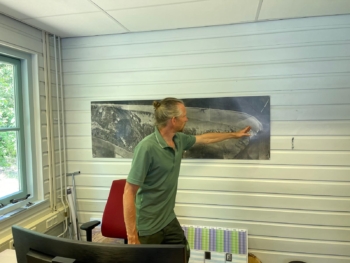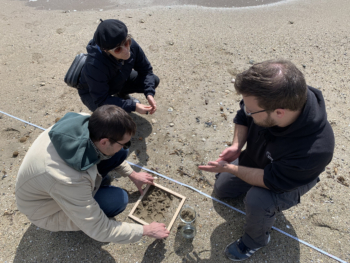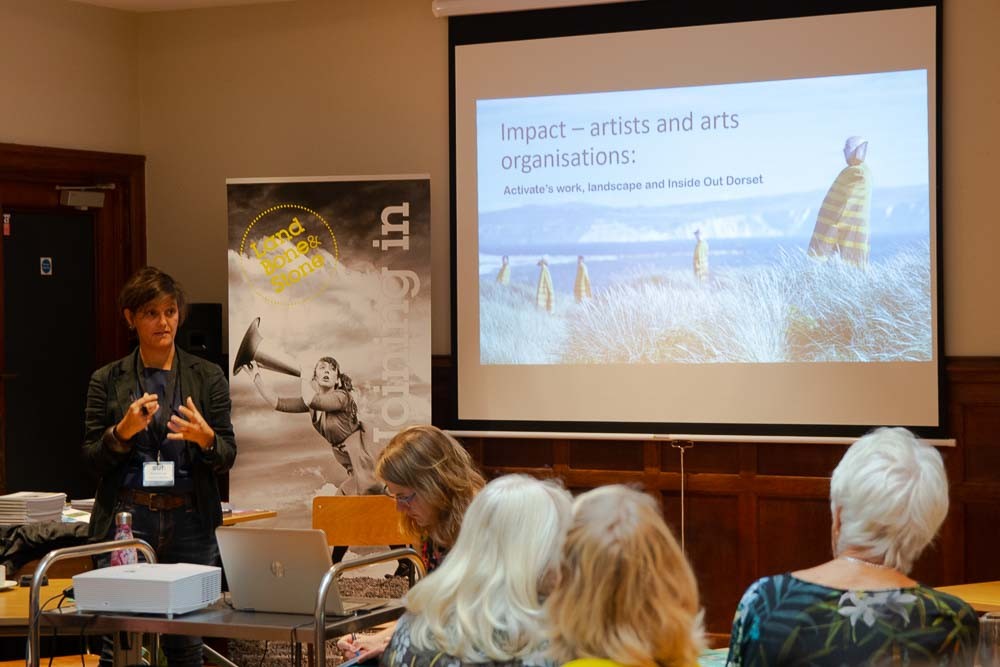If matchmaking visits are about “reading” a place together, the briefs are where that reading turns into an invitation. Over spring we met farmers, rangers, researchers, port workers, activists and cultural partners in France, Slovakia and the Netherlands. Those exchanges have now been distilled into five briefs—two for Terschelling, two for the Camargue and one for the Rajčanka valley—that will guide the artist residencies ahead. A final selection of artists comes after the summer.
The Netherlands — Terschelling

Threatened fresh-water lens under Terschelling
Beneath the dunes lies a vast lens of fresh water floating on salt—an unseen “ghost island” that sustains daily life. Rising seas push the salt water up, squeezing the lens and changing what grows, how cattle drink and how people build. The brief invites artists to make this invisible system legible and to reflect the social debate around adaptation, science and stewardship.

Opening the sea dyke at Boschplaat
On the island’s eastern end, a historic stuifdijk has long held back the sea from the Boschplaat nature reserve. That barrier also stilled the landscape’s natural dynamics. Opening (or re-imagining) the dyke is proposed as a symbolic and ecological transition. The brief invites artistic responses that can “bring” this remote, sensitive site to audiences and probe what renewed tidal influence might mean for biodiversity and human responsibility.
France — Camargue / Port of Marseilles

Eco-emotions and transformation
Between wetland and heavy industry, the Camargue is a place of flooding risk, pollution and reindustrialisation—felt in bodies as much as in data. This brief asks artists to explore how feelings (fear, attachment, anger, hope) shape understanding and action, and how stories might support communities living with environmental change. Work will connect with local research partners such as Tour du Valat and the Institut éco-citoyen.

Inter-species and environmental interaction
Gulls commuting between cities and lagoons; species adapting to—or driven by—human systems: the Camargue makes interdependence visible. This brief invites artists to consider humans as one species among many, and to trace cause-and-effect across territories—how an action in one place resonates elsewhere.
Slovakia — Rajčanka valley

Paradoxes of water
In the Mala Fatra foothills, water is both lifeline and threat: floods, droughts, changing river use. The brief calls for artistic encounters with local communities and youth to surface practical knowledge and contradictions, and to imagine new relationships with the river and its catchment.
What happens next
These briefs are the compass for LAND’s residencies. Over the summer we’ll work with partners to match artists to each brief, with the selections confirmed at a September meeting. From there, residencies unfold across the three landscapes, bringing audiences into the work step by step.


